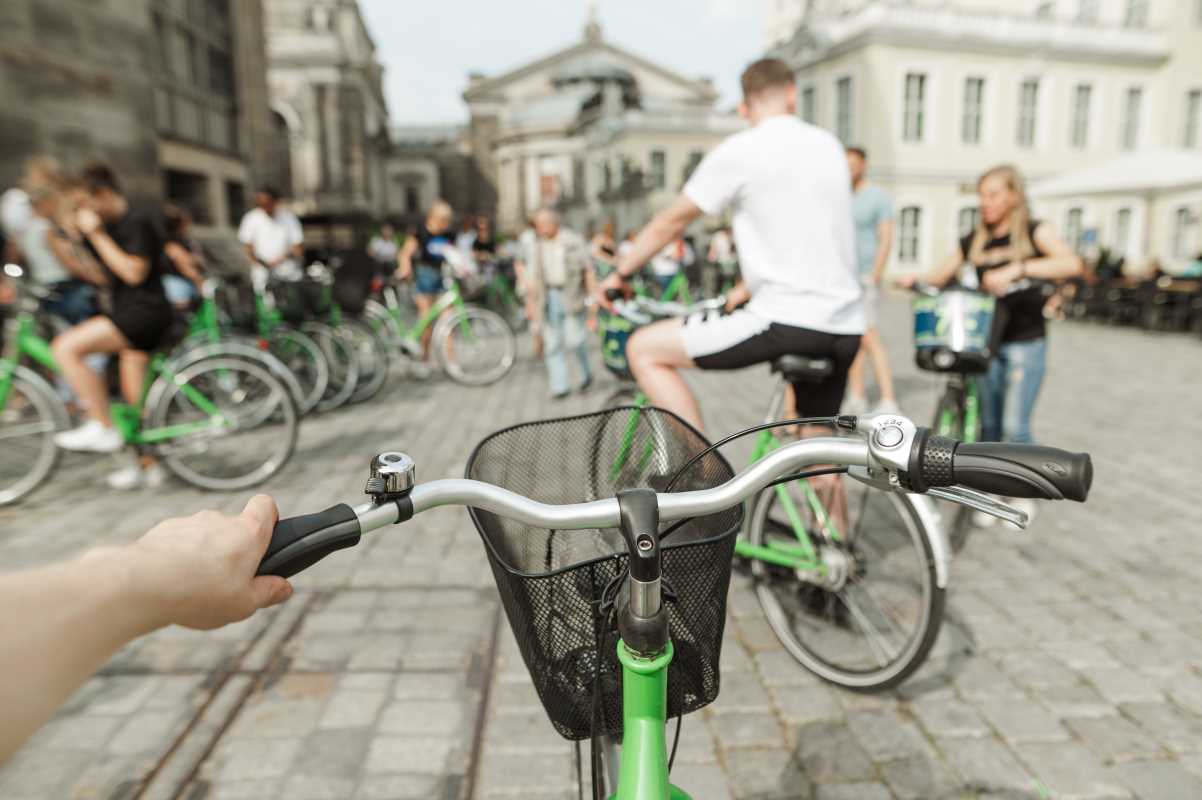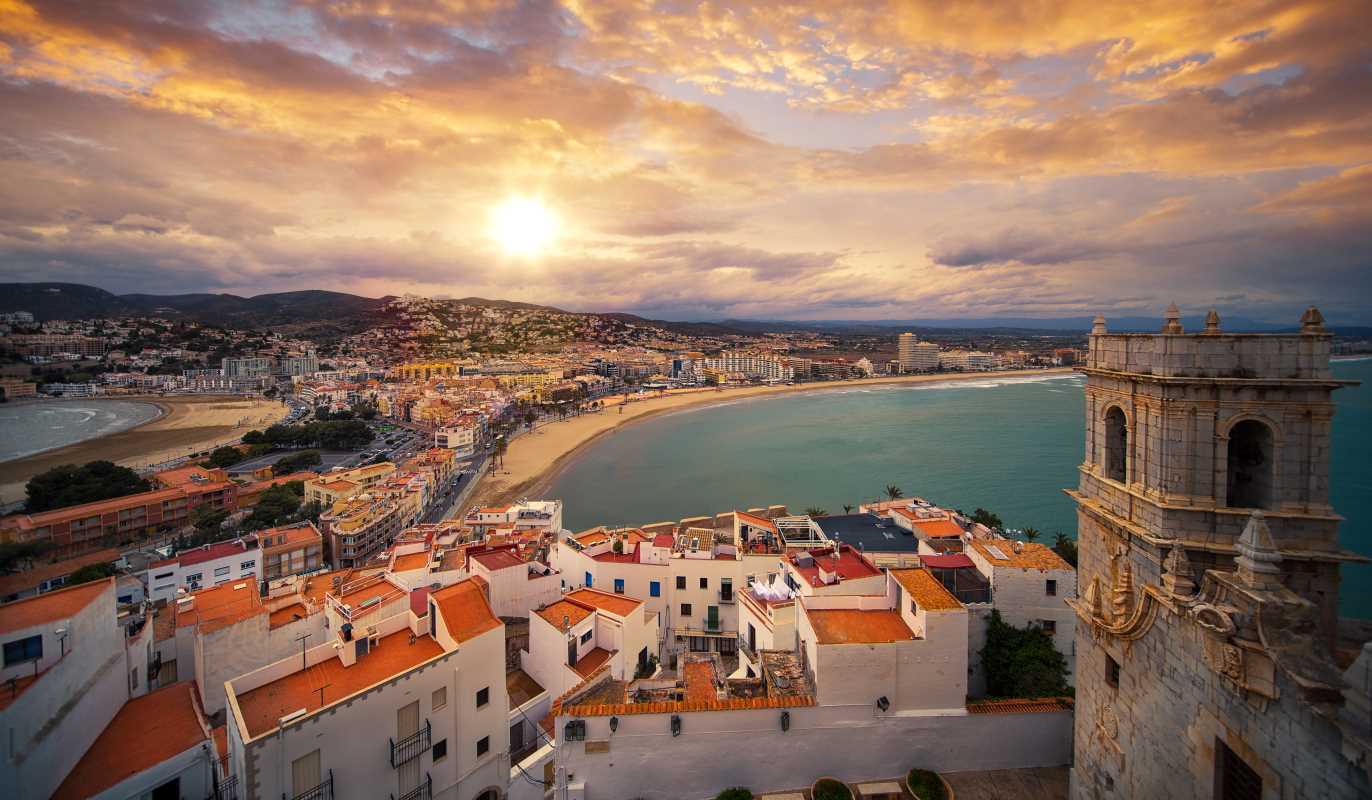Ever felt overwhelmed by the sheer possibility of Europe, staring at a map and wondering where to even begin for a two-week trip? You're not alone. The continent's rich tapestry of cultures, histories, and landscapes can feel daunting, but with a strategic approach, planning your perfect European adventure becomes an exciting prelude to the journey itself.
The Shifting Sands of European Travel: What You Need to Know
Europe's tourism sector is back with a vengeance, exceeding pre-COVID levels in 2024 and showing no signs of slowing down. International tourist arrivals saw a robust 6.2% increase in 2024 compared to the previous year, with nights spent in tourist accommodation climbing 6.4% above 2019 figures. This momentum is expected to continue into 2025, though with a few key shifts in traveler priorities.
For instance, the total number of nights spent in EU tourist accommodations surpassed 3 billion in 2024, a 2.2% increase from 2023. This surge isn't just about numbers; it reflects a changing travel mindset. Spain, Italy, France, and Germany collectively accounted for a significant 61.6% of these nights, but the real story is in how people are traveling.
Looking ahead, the European tourism market is projected to reach a revenue of US$305.96 billion in 2025, with a compound annual growth rate of 2.81% expected through 2029. Travelers are anticipated to spend approximately 14% more across Europe in 2025 than in 2024, suggesting a trend towards higher-value experiences. This resilience is largely attributed to a strong demand for value-for-money destinations and a growing preference for off-peak travel. Early 2025 data shows international tourist arrivals up 4.9% in the first quarter compared to the same period in 2024, and overnight stays increasing by 2.2%.
Trends Shaping Your Itinerary: Value, Sustainability, and Authenticity
Several key trends are crucial for planning your two-week European itinerary in 2024 and 2025:
- The Quest for Value: Economic pressures mean travelers are actively seeking destinations that offer more bang for their buck. Countries like Romania are seeing increased interest due to their affordability, while pricier spots like Iceland have experienced a dip. Eastern Europe, in general, is emerging as a fantastic budget-friendly alternative to its Western counterparts.
- Embracing the Shoulder Seasons: Forget the sweltering heat and overwhelming crowds of July and August. There's a significant shift towards off-peak and shoulder season travel. This not only reduces costs but also allows for a more relaxed experience, avoiding the overcrowding that plagued many popular European destinations in 2024. The sweet spots are typically May-June and September-October.
- Sustainable Journeys: Environmental consciousness is no longer a niche concern; it's a major driver for many travelers. Rail travel is increasingly highlighted as a top choice for reducing carbon emissions compared to flights or car rentals. The Azores in Portugal, for example, topped the list for Europe's Best Sustainable Tourism Destinations for 2025, showcasing a growing commitment to eco-friendly travel.
- Dodging the Overtourism Traps: Protests against overtourism in 2024, particularly in places like Mallorca, signal a growing sentiment against mass tourism. This is leading to a slight dip in popularity for traditional Mediterranean hotspots and a rise in interest for less-trodden paths, especially in Central and Eastern Europe.
- Authentic Immersion: Travelers are increasingly looking to connect with local cultures, savor regional cuisines, and participate in community activities. This often means exploring beyond the capital cities for a more genuine and often more affordable experience.
Budgeting for Your European Adventure: Smart Strategies
Traveling Europe on a budget is entirely achievable with a bit of foresight:
- Destination Selection is Paramount: Opting for cities like Budapest or Prague over Paris or London can dramatically reduce your daily expenses. Eastern European cities are generally more budget-friendly.
- Book Ahead, Save Big: For international flights, aiming to book six months in advance can lead to significant savings. Accommodation and popular train routes also benefit from early booking.
- Master Public Transport: Europe's public transport networks are extensive and efficient. Trains, buses, and subways are often far cheaper than taxis. For longer distances, budget airlines like Ryanair or EasyJet offer incredibly low fares, but always factor in baggage fees. Consider a Eurail Pass if you plan extensive multi-country train travel.
- Accommodation Hacks: Hostels, budget hotels, or even renting rooms through platforms like Airbnb can drastically cut lodging costs. Couchsurfing offers a free option and a chance to connect with locals.
- Eat Like a Local: Picnics with groceries from local markets or grabbing food from "grab n' go" spots and local eateries will save you a fortune compared to tourist-trap restaurants.
- Free and Low-Cost Activities: Take advantage of free walking tours in most major cities (remember to tip your guide!). Many museums offer free admission on specific days or during special events.
- Travel Cards and Passes: If you plan to use public transport extensively in a city, look into local travel cards or discount passes.
- Mindful Spending: As one seasoned traveler wisely noted, "Those 5 EUR beers add up." Be conscious of small, frequent purchases that can quickly deplete your budget.
Popular Routes and Itinerary Examples for Two Weeks
A two-week trip is perfect for a focused exploration of a region or a few key cities. The key is to avoid over-scheduling and rushing. Travel experts advise against trying to visit too many destinations to prevent exhaustion and maximize your experience.
Here are some popular and expert-recommended two-week itinerary ideas:
- Classic Western Europe (First-Timers):
- London (3 days): Iconic landmarks like Buckingham Palace and the Tower of London.
- Amsterdam (2-3 days): Canal cruises, world-class museums, and vibrant markets.
- Paris (3-4 days): Eiffel Tower, Louvre, Montmartre's artistic charm.
- Rome (4-5 days): Ancient wonders like the Colosseum, Vatican City, and delicious Italian cuisine.
- Travel between these cities is efficient via train (e.g., Eurostar) or budget flights.
- Central Europe Adventure (Great for Winter):
- Prague, Czech Republic (4 days): Explore its medieval charm and stunning architecture.
- Vienna, Austria (4 days): Known for its imperial palaces, green spaces, and efficient public transport.
- Budapest, Hungary (3 days): A budget-friendly gem with thermal baths and ruin bars.
- Southern Europe Charm (Ideal for Summer):
- Madrid, Spain (3-4 days): Art museums, beautiful parks, and vibrant tapas culture.
- Rome, Italy (4-5 days): (As above)
- Amalfi Coast, Italy (remaining days): Experience breathtaking coastal scenery and charming towns.
- An alternative could be Paris (4 days), Barcelona (3 days), and a week in Italy (Florence and Southern Italy).
- Off-the-Beaten-Path Europe (For the Adventurous):
- The Azores, Portugal: A sustainable paradise with volcanic landscapes and unique biodiversity.
- Annecy, France: A picturesque medieval town in the French Alps.
- Ascona, Switzerland: A lakeside town with a Mediterranean flair.
- Formentera, Spain: A less-known Balearic island with an unspoiled vibe.
- Romania: Offers affordability, stunning natural beauty, and unique wildlife experiences.
- Latvia and Estonia: Among the fastest-growing destinations for international arrivals.
Unique Considerations for 2024-2025:
- "Cool-cations" and Winter Appeal: Destinations offering Northern Lights experiences or winter sports saw strong performance in early 2025. Norway, in particular, attracted longer stays during the winter.
- Digital Tools for Sustainability: Expect more apps and platforms to help you track your carbon footprint and make eco-conscious choices.
- Schengen Area Dynamics: Be aware of any upcoming Schengen rules or visa changes that might affect your travel plans.
- Beyond the Capitals: While major hubs remain popular, there's a growing interest in exploring the rich cultural offerings of Central and Eastern Europe, promising more thought-provoking and authentic travel experiences.







.jpeg)